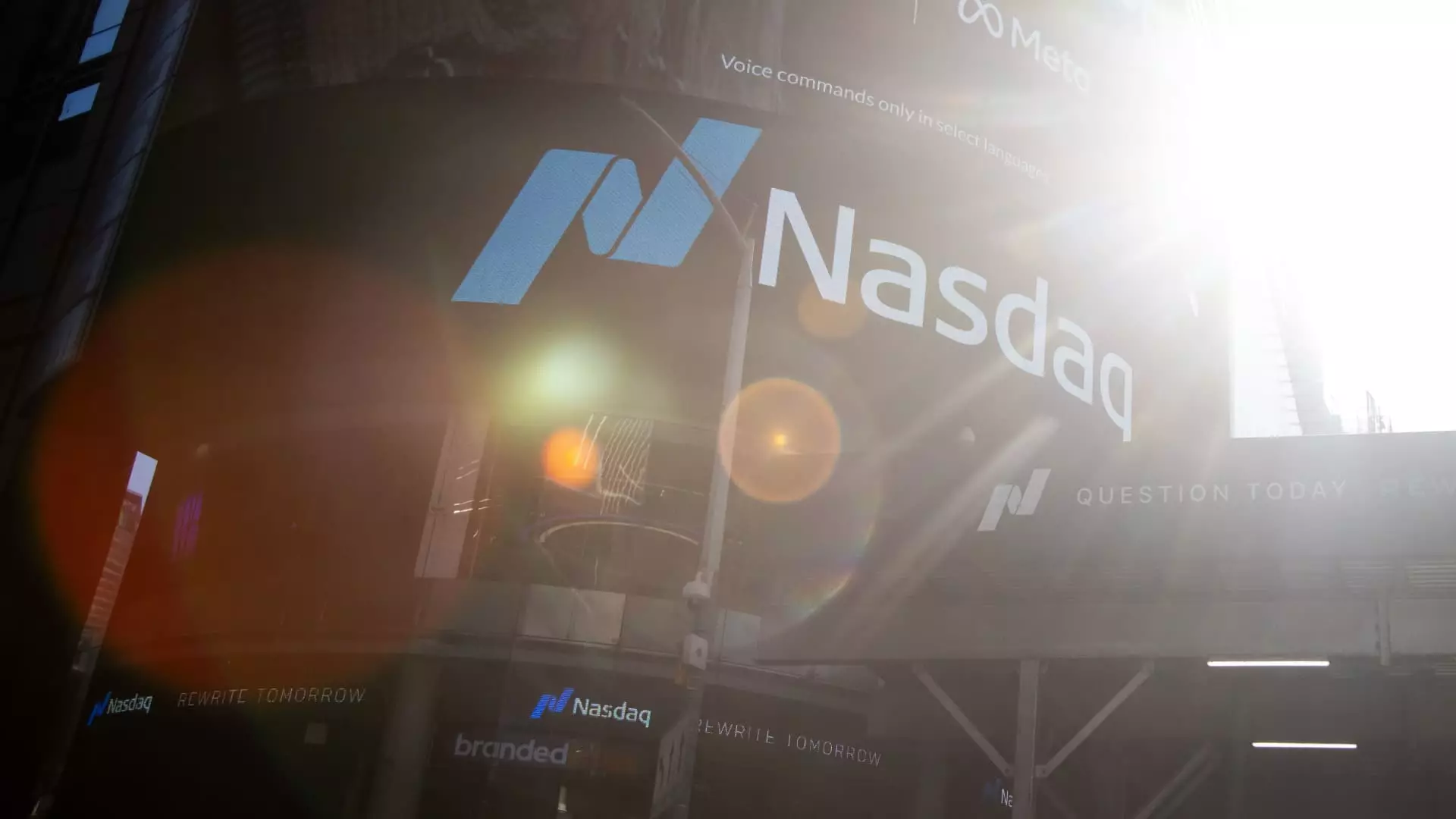In the ever-evolving landscape of stock markets, staying informed about the latest trends is crucial for investors. Recently reported updates have showcased an intriguing shift in market dynamics, particularly the contrasting performance of various asset classes. On a day marked by notable activity, the Dow Jones Industrial Average emerged as a significant winner, achieving levels not seen in quite some time. Furthermore, while the Dow surpassed the psychological barrier of 44,000, other indices like the S&P 500 and Nasdaq revealed an underneath turbulence that raises questions about the overall market health post-election.
The apparent rotation within the market reflects a movement of capital away from technology giants towards sectors anticipated to thrive under a pro-business administration. Heavyweights such as Apple, Amazon, Nvidia, Microsoft, and Meta Platforms—often referred to as the “megacap” tech names—saw a reduction in inflows as investors redirected their focus towards sectors likely to benefit from the arrival of Donald Trump’s administration and its pro-growth policies. Notably, financial and industrial stocks surged, indicative of optimism surrounding plans for deregulation and increased spending.
The performance of stocks from the CNBC Investing Club showcases this trend—financial companies such as Morgan Stanley and Wells Fargo reportedly approached record highs. Moreover, industrial firms like Eaton and Dover also mirrored this upward trajectory, further revealing investor confidence in sectors poised for growth.
As we look ahead, expectations around the S&P 500 indicate a potentially fruitful season for markets, particularly as end-of-year trends historically favor upward movement. Oppenheimer’s upward revision of the S&P 500 price target—from 5,900 to 6,200—suggests that there is an atmosphere of bullish sentiment despite the underlying volatility. However, this optimism is met with a reality check: data hinting at rapid appreciation may signify that the market could be overextended.
The S&P 500 Short Range Oscillator acts as a discerning tool for tracking the market’s momentum, guiding investors on overbought or oversold conditions. Recent trends indicate that the market is navigating dangerously close to overbought territory. Herein lies the dilemma; performing due diligence requires a prudent approach, potentially encouraging investors to consider profit-taking amidst rising valuations.
As the week progresses, key earnings reports loom on the horizon, pressuring the market to react to the financial health of numerous corporations. Home Depot, a significant player in the home improvement market, is poised to report its quarterly earnings, with analysts predicting a decline in same-store sales. The anticipated figures will not only reflect the company’s present performance but also serve as indicators of consumer spending trends, particularly in a volatile interest rate environment.
The expectation that mortgage rates need to stabilize or drop significantly for Home Depot’s performance to rebound offers insights into how macroeconomic factors intertwine with stock valuations. This relationship between interest rates and consumer purchasing power exemplifies the intricate balance required in market analyses.
The Road Ahead
As investors brace for the earnings reports from major companies such as Disney, Shopify, and AstraZeneca later in the week, a keen eye on economic trends remains vital. The push-pull of rising stock values against the backdrop of potential interest rate fluctuations signifies ongoing uncertainty in the markets. Therefore, navigating these waters requires a blending of strategic foresight with responsive trading practices.
The current stock market scenario reflects a time of transition and volatility. Understanding investor psychology, market rotations, and the implications of economic indicators can significantly enhance decision-making. For those involved in the CNBC Investing Club’s activities, real-time insights and alerts serve as a valuable resource for remaining proactive in a shifting market landscape. Investors should remain vigilant and adaptive, ready to seize opportunities while mitigating growing risks as the trading week unfolds.

